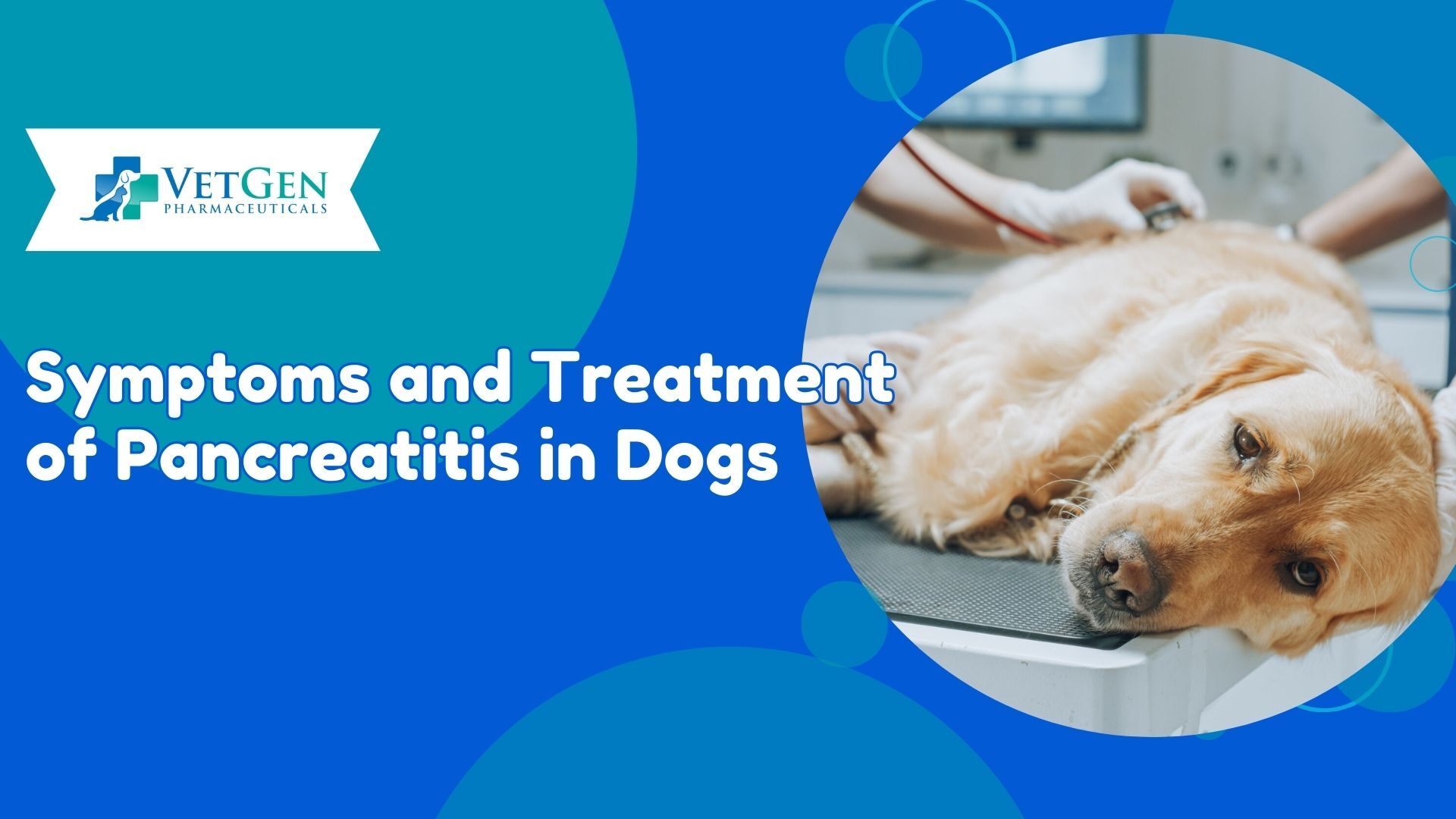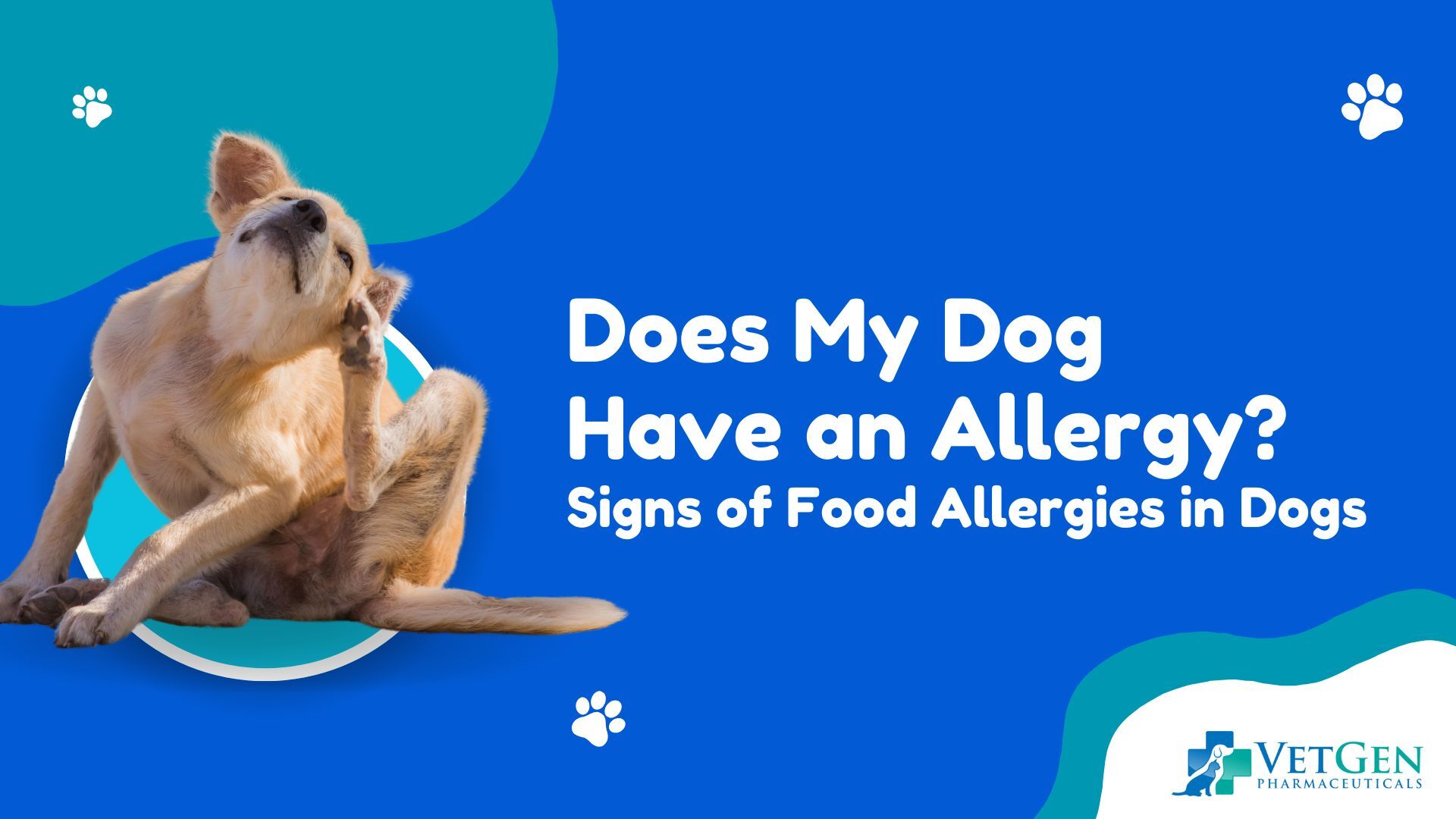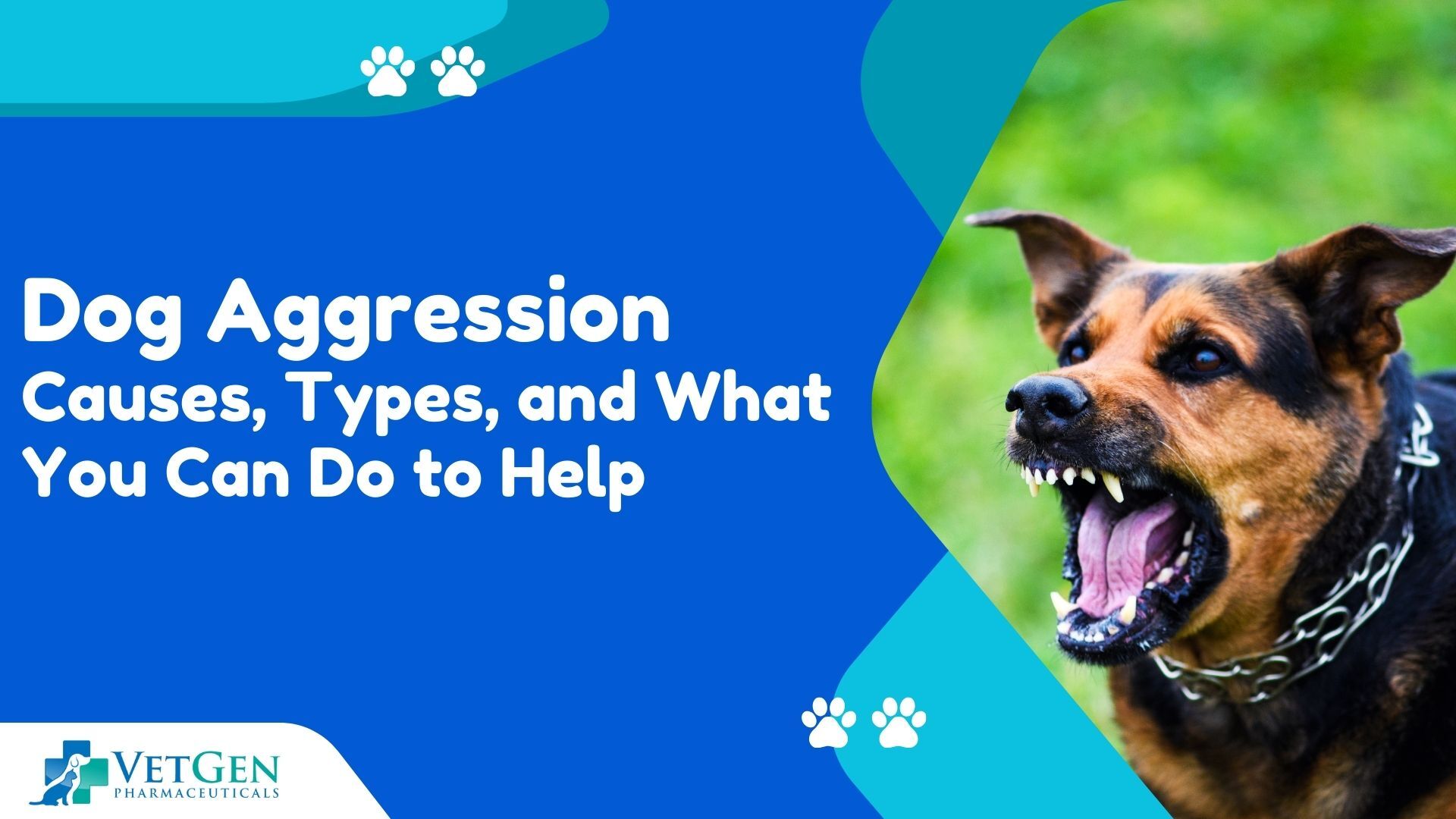Table of Contents
Pancreatitis in dogs is the medical term for inflammation, i.e., both swelling and pain in the pancreatic region. The pancreas is an organ next to the stomach of your dog that makes enzymes to aid in their digestion, thereby ensuring that the dog’s digestive system is functioning properly. Moreover, the pancreas also makes insulin to help dogs to regulate their blood sugar levels.
Pancreatitis is quite common in dogs and is typically, though not always, caused by eating something they should not have. This could be owing to the fact that they got into some trash, have consumed a lot of table trash, or found a fatty treat at your local park. Signs and treatments related to the pancreatic disease in dogs called pancreatitis.
What is meant by pancreatitis in dogs?
Pancreatitis in dogs is an acute disease that alters the function of the other organs of the affected dog and occurs when the pancreatic enzymes are activated within the pancreas before reaching the stomach. The enzymes, in turn, begin digesting the pancreas, the tissues, and the other organs they come into contact with.
Such levels of organ damage have the definite potential to kill your dog. In case you suspect pancreatitis in your doggo, you should take it to the vet immediately. Dogs with mild cases have a decent enough chance to recover. However, dogs with severe cases may not recover at all, especially if they have multiple organ failure.
For dogs with mild symptoms of pancreatitis, the vet may recommend medicines that will help to regulate pain and nausea, followed by a mandatory change of diet to low-fat meals and treats. However, dogs with more serious symptoms of this condition may need to be hospitalized for IV fluids and other medications.
It is very likely that they will go on a prescription low-fat diet and will be required to have their pancreatic enzyme levels checked by their vet every once in a while. The best way to prevent pancreatitis in dogs is to carefully monitor what they consume. You should not let your pup eat a lot of human food, especially oily and fatty ones.
Acute vs. Chronic Pancreatitis in dogs
Pancreatitis does have the ability to appear out of nowhere without your pup having had it before. This condition is termed acute pancreatitis. On the other hand, if it develops gradually over a period of time, it is termed chronic pancreatitis.
Your dog may or may not have certain signs and symptoms of chronic pancreatitis, and it can be caused over and over again by acute pancreatitis. So, it is important to have a close look at what they’re eating on a day-to-day basis to prevent such a painful condition from occurring in them. Both acute and chronic pancreatitis can be either severe or mild, but both are more than likely to cause pain and suffering in dogs.
Symptoms of pancreatitis in dogs
The most common symptoms of severe pancreatitis in dogs include:
Repeated vomiting
This could take place several times within a few hours or every so often over a span of several days. If your dog has been vomiting for more than a day, it’s high time to visit the vet.
Weakness or listlessness
In the event your dog feels or appears weak, listless, or otherwise unwell, you need to take it to the vet.
Belly pain
Although this is the most common symptom of pancreatitis in human beings, it’s not often reported in dogs. However, you may be able to tell if your dog is suffering from this condition when it stands with a hunched back or looks like it is uncomfortable or bloated.
Diarrhea
Dogs who have had diarrhea for more than 1 or 2 days certainly need to visit the vet, depending on how bad the condition is.
Dehydration
Signs of this particular symptom include a dry nose, thick spit, panting, and sunken eyes. A dehydrated dog is more likely to have sticky and dry gums. Also, if you press against their gums gently and remove your finger, they will take a while before returning to their normal pink color.
Fever
The normal temperature of your dog’s body is anywhere between 99.5°F and 102.5°F. Some signs that showcase your dog might have fever include warm ears and eyes, red eyes, dry nose, shivering, and coughing. Your pup has a fever if its temperature is 103°F or more. Moreover, temperatures exceeding 105°F can cause organ damage in your dog and even kill them. So, make sure you take any dog with a fever to see their vet.
Signs of worsening pancreatitis in dogs
Signs that your dog’s pancreatitis is getting worse and you need to take it to the vet as soon as possible include:
- Seizures
- A bloated, hard belly
- Trouble swallowing or even breathing
- Not being able to stand up on their own
- Not being able to drink
- Vomiting and diarrhea that isn’t getting any better, even after 24 hours
Treatment for pancreatitis in dogs
Pancreatitis is something that can affect the dog digestive system in the worst way possible and cannot be treated at home. Moreover, if it becomes severe, they may need to be hospitalised for a few days or even weeks.
When it comes to acute pancreatitis, your vet may want you to withhold food and water in the first 24 hours if they’re unable to keep anything down. Then, over the next week or so, your vet might recommend:
- A medicine for pain
- IV fluids, especially if your dog has severe pancreatitis
- A low-fat diet
- Medicines such as Dolasetron, Ondansetron, or Maropitant to prevent vomiting and digestion
- Close monitoring for a worsening condition
- Fuzapladib sodium (Panoquell-CA1) is a medicine specifically for dogs with rapid onset of pancreatitis.
In the medium to long term, your vet might want you to:
- Keeping the diet plan close and avoiding foods that contain too much fats and oil for the dog
- Feed them on a low-fat or ultra-low-fat prescribed diet
- Offer them little portions of food that they take at several breaks throughout the day.
If your dog is one of those canines with a chronic form of the condition that does not seem to respond positively to dietary changes, or transitioning to a low-fat, or even ultra-low fat diets, giving them several, small meals daily and if their symptoms persist regardless of following these prescriptions, then, your vet may recommend the use of Cyclosporine, Prednisolone, or Prednisone.
Conclusion
The most important step that you can take to prevent pancreatitis in your dog is to closely monitor their food intake. You should take steps like not feeding them fatty or oily foods, giving them table scraps as treats, or foods that they’re not supposed to consume. You should ensure your dog stays away from the trash inside or outside the house and doesn’t intake any medicine or supplements as they’re quite sure to eat whatever they find on the floor, ground, or low-lying tables.








